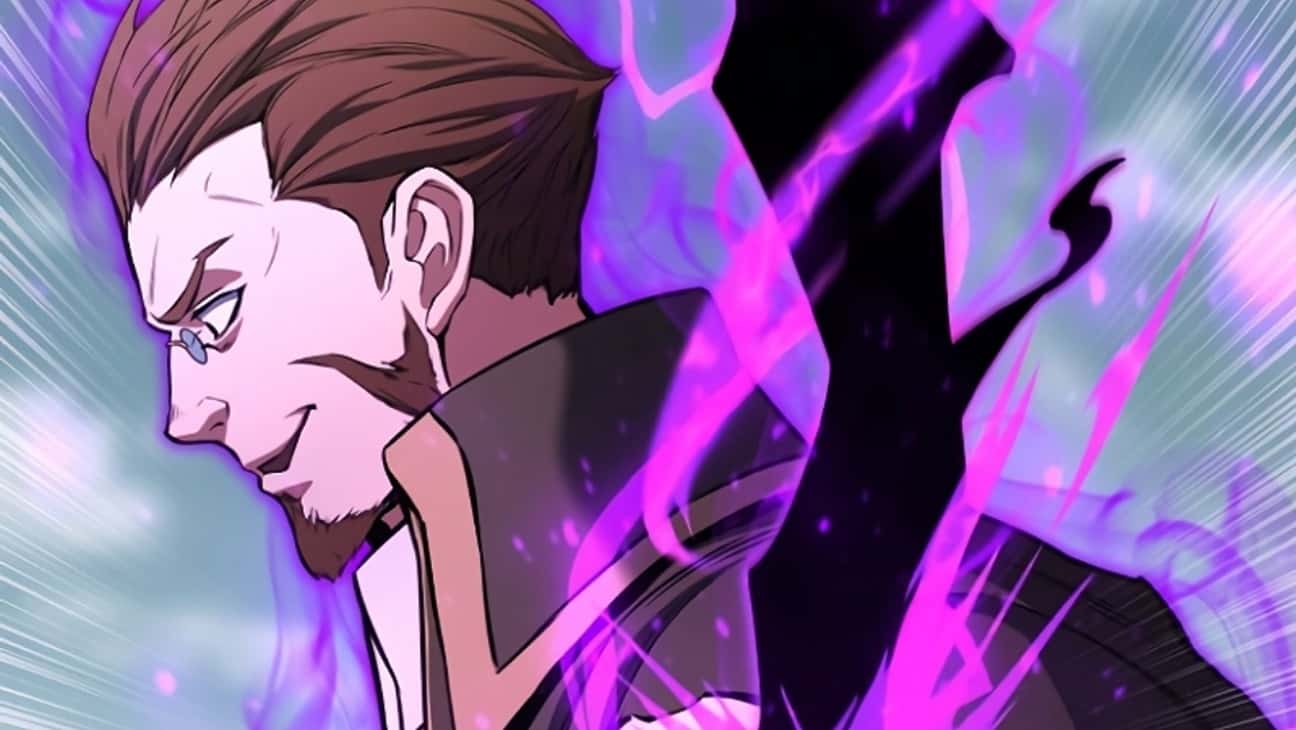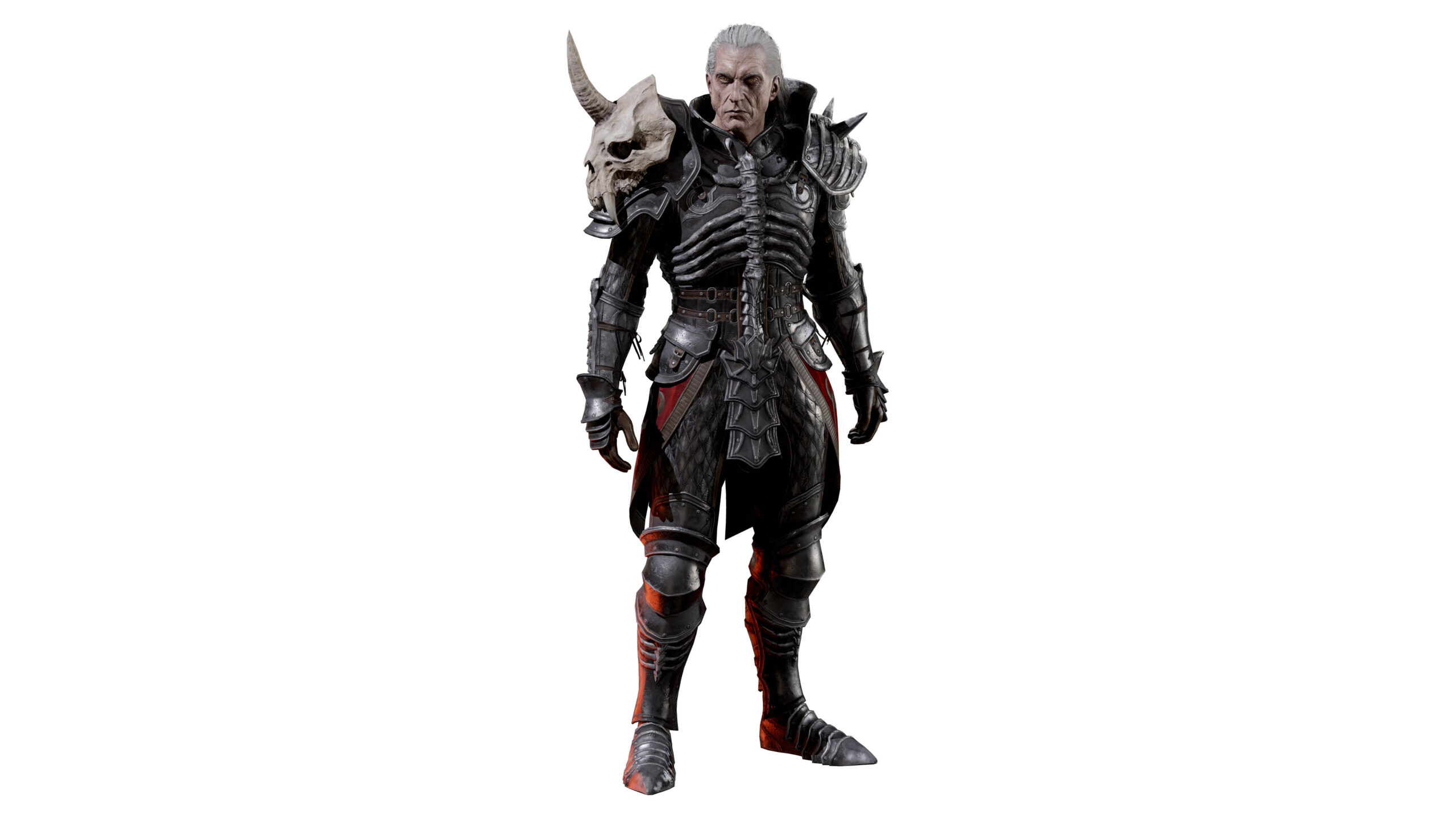Embark on a captivating journey with “Absolute Necromancer Chapter 1,” where we delve into the enigmatic world of necromancy, exploring its abilities, role, setting, and character dynamics. Join us as we unravel the mysteries that shroud this intriguing chapter.
Prepare to witness the manifestation of necromantic powers and their strategic use in combat, as we uncover the diverse array of abilities at the necromancer’s disposal. Their strengths and limitations will be laid bare, setting the stage for thrilling confrontations.
Necromancer’s Abilities and Skills

Necromancers possess a formidable arsenal of abilities and skills that allow them to manipulate the forces of death and control the undead. Their powers manifest in various forms, ranging from summoning and commanding skeletal warriors to wielding dark energy for devastating attacks.
Necromantic abilities fall into several distinct categories, each with its own strengths and weaknesses. Some necromancers specialize in summoning and controlling undead minions, while others focus on manipulating dark energy for offensive and defensive purposes. The most skilled necromancers can even merge with their undead creations, becoming powerful and nearly immortal liches.
Summoning and Controlling Undead
Necromancers have the ability to summon and control undead creatures, such as skeletons, zombies, and ghouls. These undead minions serve as the necromancer’s loyal followers, carrying out their master’s commands without question. Necromancers can use their powers to enhance the abilities of their undead minions, making them stronger, faster, and more resilient in combat.
Dark Energy Manipulation
Necromancers can also wield dark energy, a potent force that can be used for both offensive and defensive purposes. They can launch bolts of dark energy at their enemies, causing severe damage and inflicting debilitating effects. Necromancers can also use dark energy to create protective barriers, shielding themselves and their undead minions from harm.
Lich Transformation
The most powerful necromancers can undergo a ritual that transforms them into liches. Liches are undead beings with immense power and near-immortality. They retain their intelligence and personality but become immune to most physical and magical attacks. Liches often serve as the leaders of necromancer cults, commanding vast armies of undead and spreading their influence across the land.
Necromancer’s Role in the Story

The necromancer, a mysterious and enigmatic figure, plays a pivotal role in the unfolding narrative. Driven by a thirst for knowledge and a fascination with the arcane, they delve into the forbidden arts of necromancy.
The necromancer’s actions have a profound impact on the plot and other characters. They wield the power to raise the dead, manipulating the very fabric of life and death. This power, however, comes at a cost, both personal and ethical.
Setting and Atmosphere

The story of the absolute necromancer unfolds in a realm steeped in darkness and mystery. The setting plays a pivotal role in shaping the atmosphere, influencing the necromancer’s actions and motivations.
The land is a desolate wasteland, scarred by the ravages of war and decay. Skeletal remains litter the ground, serving as a grim reminder of the horrors that have transpired. The air is heavy with the scent of decay and the faint whisper of the undead. Ancient ruins dot the landscape, their crumbling walls echoing with the secrets of a forgotten past.
Use of Imagery and Symbolism
The author employs vivid imagery and symbolism to create a sense of unease and foreboding. The necromancer’s surroundings are described in detail, with particular emphasis on the macabre and the grotesque. This imagery serves to heighten the tension and immerse the reader in the necromancer’s dark and twisted world.
Symbolism is also prevalent throughout the story. The necromancer’s powers are often associated with death and decay, reflecting his own corrupted nature. The ruins and skeletal remains symbolize the fragility of life and the inevitability of death. These elements combine to create an atmosphere that is both haunting and unsettling.
Influence on the Necromancer, Absolute necromancer chapter 1
The setting has a profound impact on the necromancer’s actions and motivations. The desolate wasteland reflects his inner turmoil and his desire for control over life and death. The presence of the undead suggests his fascination with the macabre and his willingness to delve into forbidden knowledge.
The ruins and skeletal remains serve as a constant reminder of the consequences of his actions. They haunt his dreams and drive him to seek redemption, even as he succumbs to the darkness within him.
Character Relationships and Dynamics

In the tapestry of the story, the necromancer’s relationships with other characters are threads that weave intricate patterns, shaping their actions and motivations. These bonds, both harmonious and adversarial, serve as a catalyst for the necromancer’s journey.
The necromancer’s connection to their apprentice, a young acolyte eager to unravel the secrets of death, is a complex one. As mentor and pupil, they navigate the treacherous path of necromancy together, sharing knowledge and forging an unbreakable bond.
Alliances and Conflicts
The necromancer’s relationships with other characters extend beyond their apprentice. They may form alliances with individuals who share their goals or possess skills that complement their own. These alliances can be forged out of necessity, mutual respect, or a shared thirst for knowledge.
However, the necromancer’s pursuit of forbidden knowledge often places them at odds with others. Guardians of the living, such as paladins and priests, view their actions with contempt and may seek to thwart their experiments.
Last Point

As we conclude our exploration of “Absolute Necromancer Chapter 1,” we reflect on the profound impact of necromancy within the story’s narrative. The ethical implications of the necromancer’s actions linger, sparking discussions about the boundaries of morality and the consequences of manipulating life and death.
FAQ: Absolute Necromancer Chapter 1
What is the central theme of “Absolute Necromancer Chapter 1”?
The chapter explores the nature and consequences of necromancy, examining its abilities, ethical implications, and impact on the story’s characters and plot.
How does the setting contribute to the atmosphere of the chapter?
The chapter’s setting is deliberately crafted to evoke a sense of mystery and unease, with vivid imagery and symbolism that enhance the necromancer’s enigmatic presence.